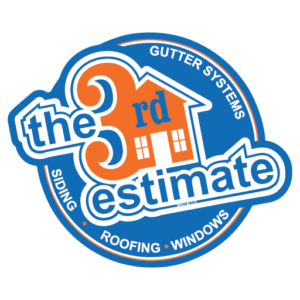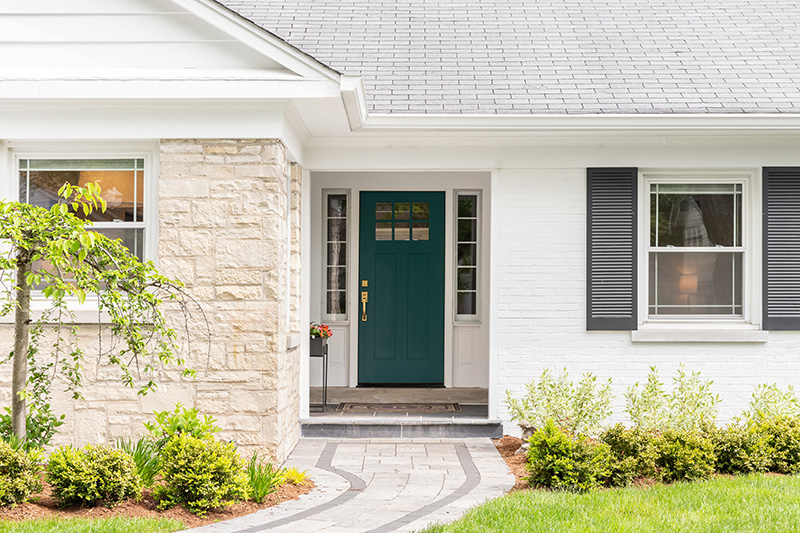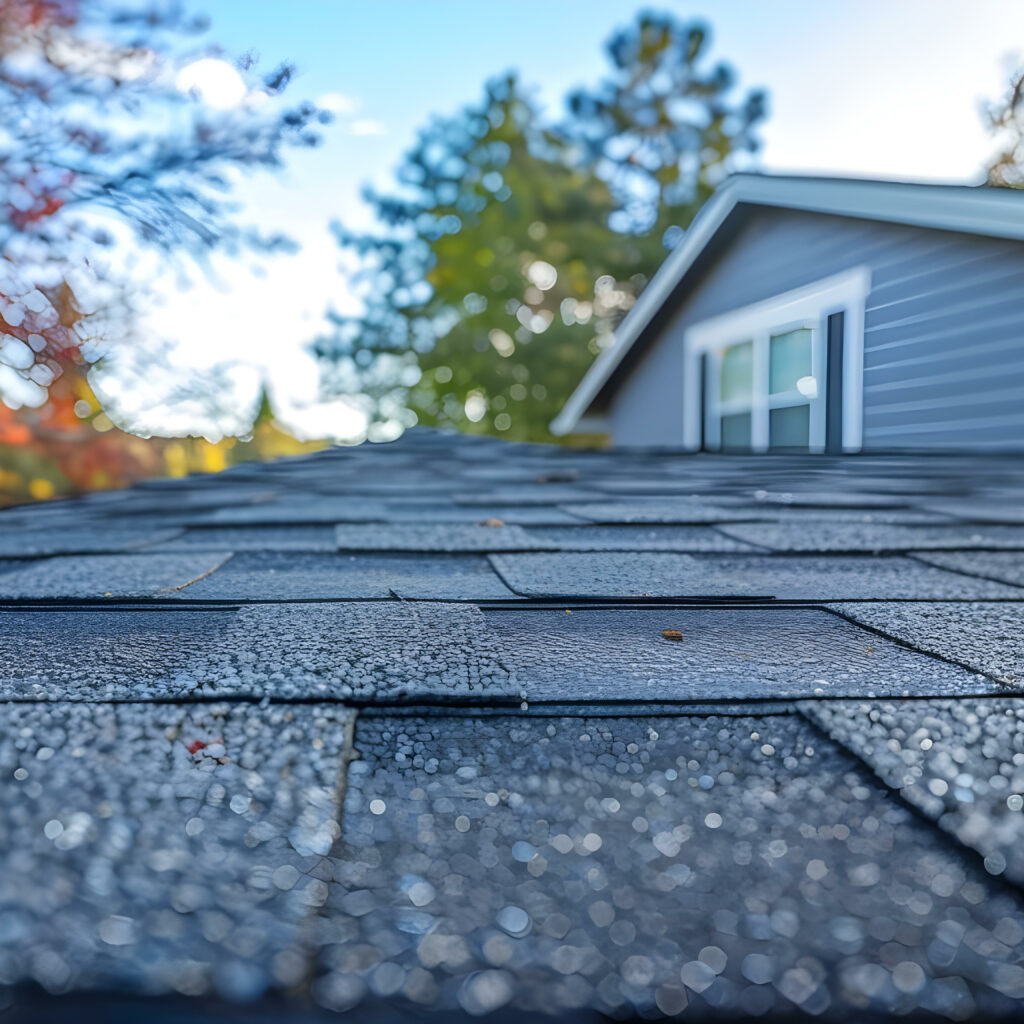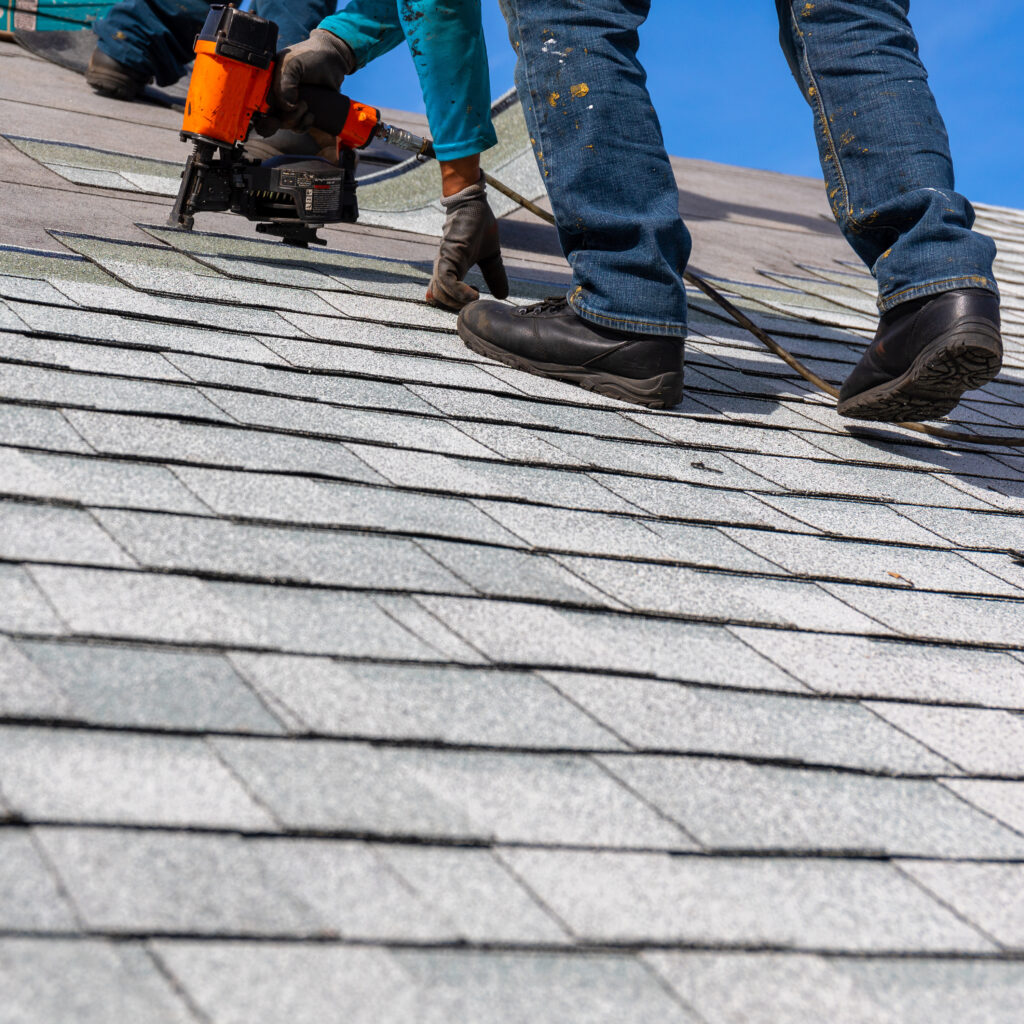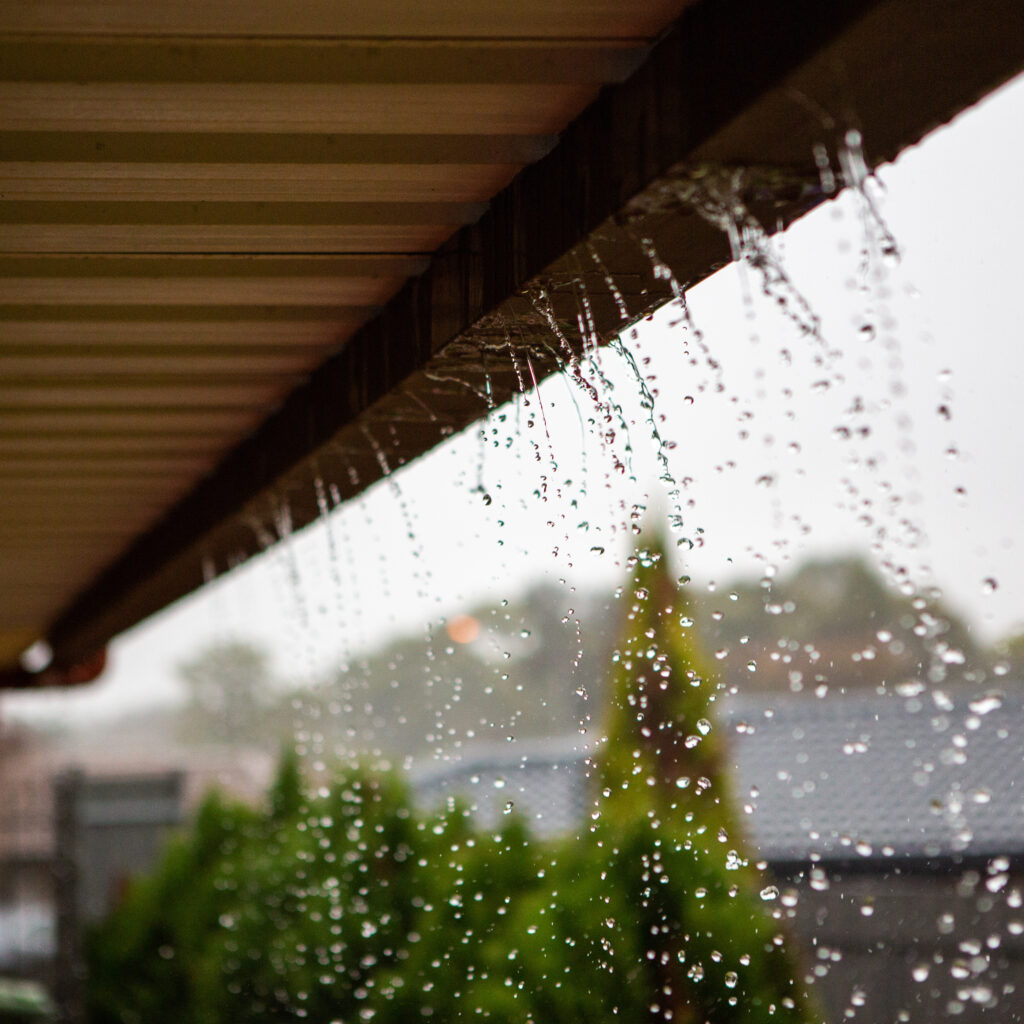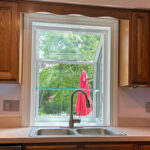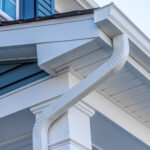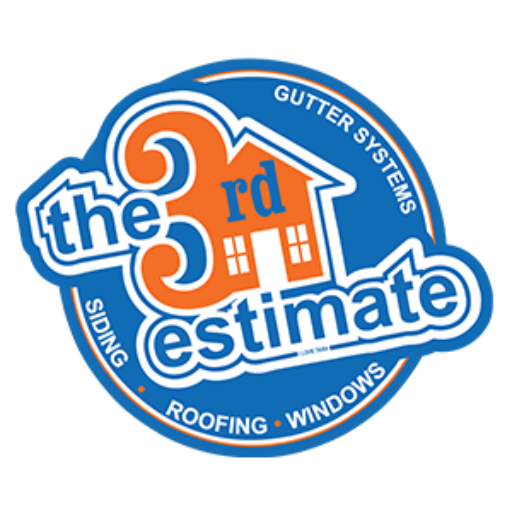What Are the Signs That My Gutters Need to Be Replaced?
Gutters play a crucial role in protecting your home from water damage by directing rainwater away from your foundation. However, gutters can wear out, leading to inefficiency and damage to your home. Recognizing the signs that your gutters need to be replaced can save you from expensive repairs and protect your home’s structural integrity. So what factors should you look out for? Let’s get into it.
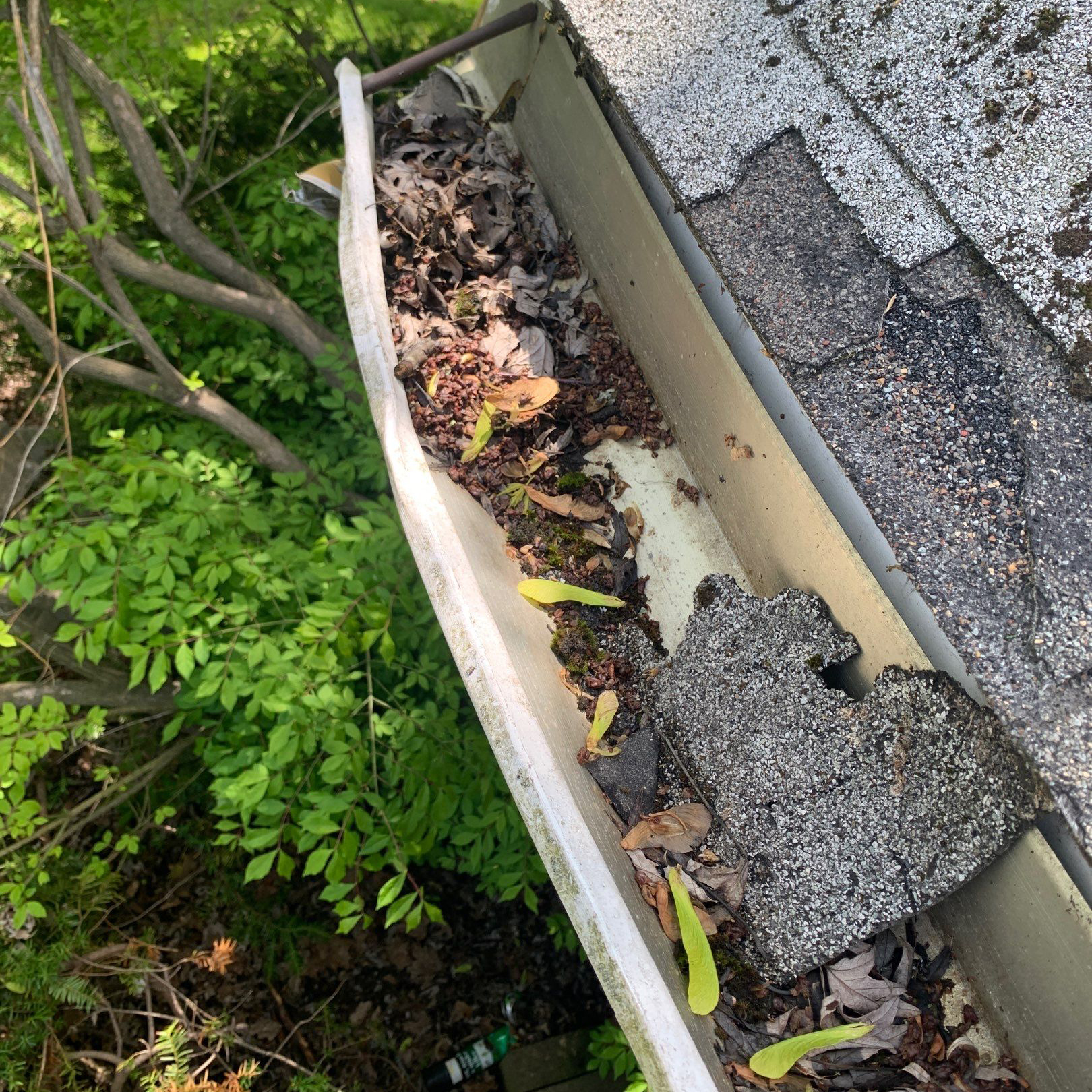
Persistent Leaks or Cracks
One of the most obvious signs that your gutters need to be replaced is persistent leaks or cracks. Small cracks or holes may seem minor, but they can quickly turn into bigger problems. This leads to water leaking onto your home’s siding, foundation, or into the basement. If you notice leaks during rain or water stains on the exterior of your home, it’s time to consider replacing your gutters.
Sagging Gutters
Gutters are designed to channel water efficiently. When they start to sag or pull away from your house, it’s a clear indication that they’re no longer functioning right. Sagging gutters can’t properly drain water, leading to overflows and potential damage to your roof and foundation. This problem is often caused by debris, weakening the fasteners, or the age of the gutters. If your gutters are sagging, it’s usually a sign that a replacement is needed rather than a simple repair.
Rust and Corrosion
Gutters are exposed to the elements year-round. Over time, they can start to rust and corrode, especially if they’re made of steel. Rust not only looks bad but also weakens the gutters, making them more prone to leaks and breaks. If you notice rust spots or flaking, it’s a strong sign that your gutters have reached the end of their life and need to be replaced.
Peeling Paint or Mold
If you see peeling paint, rust stains, or mold growth on the outside of your home near your gutters, it’s a sign that water is not being directed away from your house correctly. This can occur when gutters overflow or leak, allowing water to trickle down the side of your home. Over time, this can lead to more severe problems, such as rot, mildew, and structural damage.
Water Pooling Around Your Foundation
One of the primary functions of gutters is to direct water away from your home’s foundation. If you notice water pooling around the base of your house after a storm, your gutters may not be doing their job. This could be due to clogged, damaged, or improperly installed gutters. Continuous water exposure to your foundation can lead to cracks and leaks, messing with the stability of your home. If this issue continues, it may be a sign that your gutters need replaced.
Gutter Separation
Over time, gutters can begin to separate at the seams or from your home’s fascia boards. This separation is often due to the expansion and contraction of the metal during temperature changes. It can also result from the weight of accumulated debris. When gutters start to pull apart, they lose their ability to effectively channel water, leading to leaks and potential water damage. If your gutters are separating, it’s a strong sign that they need to be replaced.
Excessive Wear on Fascia and Soffits
The fascia and soffits of your home are closely connected to your gutter system. If you notice that these areas are showing signs of wear, such as rotting wood or peeling paint, it could be a result of your gutters failing to direct water away from your home properly. This can lead to significant damage if not addressed promptly, making gutter replacement necessary.
Conclusion: Don’t Ignore the Signs
Replacing your gutters may not be at the top of your home improvement list, but ignoring the signs of wear and tear can lead to more significant and costly issues down the road. Regularly inspecting your gutters and addressing problems early can save you time, money, and the headache of dealing with water damage. If you notice any of these signs, it might be time to reach out to a professional to discuss gutter replacement options.
